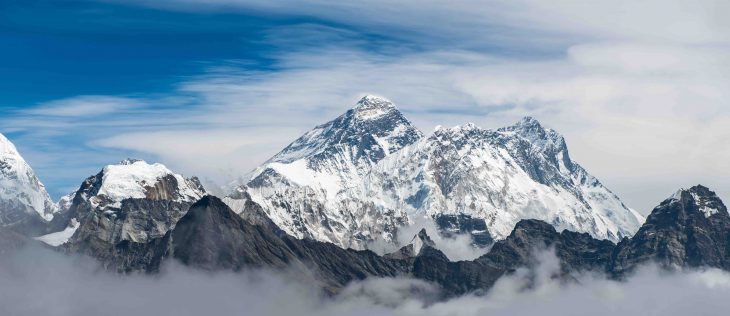
The world’s tallest mountain, Mount Everest, is on the wish list of every mountaineer. The achievement itself of conquering the summit is amongst the highest benefits of why many have dreamed of it. If you wish to climb Mountain Everest, you have to be in your very best physical shape. Though fitness alone is not a guarantee to prevent altitude sickness, it enables more oxygen to reach your body especially in its “death zone.” Either you plan to climb Everest or not, we got your back. Here are the best 50 Mount Everest facts about the world’s highest mountain like you’ve already been there!
- The Mountain is over 10 times taller than Burj Khalifa, the current tallest tower on Earth.
- Mount Everest stands at 8,849 meters, or 29,030 feet tall.
- The coldest temperature ever recorded in Mount Everest’s summit is -41°C.
- The name, ‘Qomolangma’ was first recorded in the year 1721 during the reign of Emperor Kangxi during the Qing Dynasty of China.
- More than 7,500 people already made it to Mount Everest’s summit.
- Mount Everest is the world’s tallest mountain above sea level. However, there are debates over which is the tallest mountain on Earth depending on the reference point.
- Mount Everest sits in the Mahalangur Himal sub-range of the Himalayas.
- It is located between Nepal and Tibet, the autonomous region of China.
- The Tibetan term for Everest is ‘Qomolangma’ or ‘Holy Mother’ in English.
- The China-Nepal border runs across Mount Everest’s summit point.
- There are two main climbing routes in the Mountain—South Col Route and the Northeast Ridge.
- Mountaineers are always exposed to different dangers that the Mountain holds. This includes altitude sickness and its fairly unpredictable weather.
- British mountaineers were the pioneers of “conquering Everest.”
- As Nepal closed its doors to foreigners initially, most of the first climbers used the North Ridge route from the Tibetan side.
- After Nepal started to welcome foreigners, their economy has profited. Currently, Everest climbers bring in at least $250 million for Nepal each year.
- Mount Everest draws many climbers each year. However, only the fully-prepared mountaineers are able to reach the summit.
- According to records, there are already over 300 people who died while climbing the mountain.
- Avalanches are the most common cause of death for mountaineers.
- Pneumonia, brain hemorrhage, exhaustion, mountain sickness, falling, and heart attack are also amongst the most common causes of death.
- Numerous dead bodies remained on the mountain while others are nowhere to be found.
It can be very difficult to recover their bodies from Mount Everest.
When people die in the most remote parts of Mount Everest, it can be very difficult to recover their bodies. Recovering dead bodies from the mountain cost up to $70,000, aside from the fact that it’s also dangerous for the search in itself. There are some search and rescue teams who already died by trying to recover those dead bodies from the mountain.
Mount Everest got its name from a British surveyor.
Mount Everest was named in honor of George Everest (July 4, 1790 – December 1, 1866). He was a British surveyor and geographer who worked as Surveyor General of India, the head department of India’s Central Engineering Agency in charge of surveying and mapping, from 1830 to 1843.
Mount Everest was "conquered" on May 29, 1953.
Edmund Percival Hillary became the first climber of Mount Everest. He reached the summit together with Sherpa mountaineer Tenzing Norgay on May 29, 1953. Hillary and Norgay were part of the 9th British expedition to Everest.
Edmund Percival Hillary became a philanthropist.
Edmund Percival Hillary was a New Zealander mountaineer, explorer, and philanthropist. After his historical ascent of Mount Everest, he dedicated himself to helping the Sherpa people, one of the Tibetan ethnic groups, of Nepal. Furthermore, Edmund established the Himalayan Trust, an international non-profit humanitarian organization, in 1960. It built schools, hospitals, water projects, as well as assisting in natural calamities such as earthquakes. Hillary passed away on January 11, 2008 (aged 88) due to a heart attack.
Tenzing Norgay became one of the 100 most influential people.
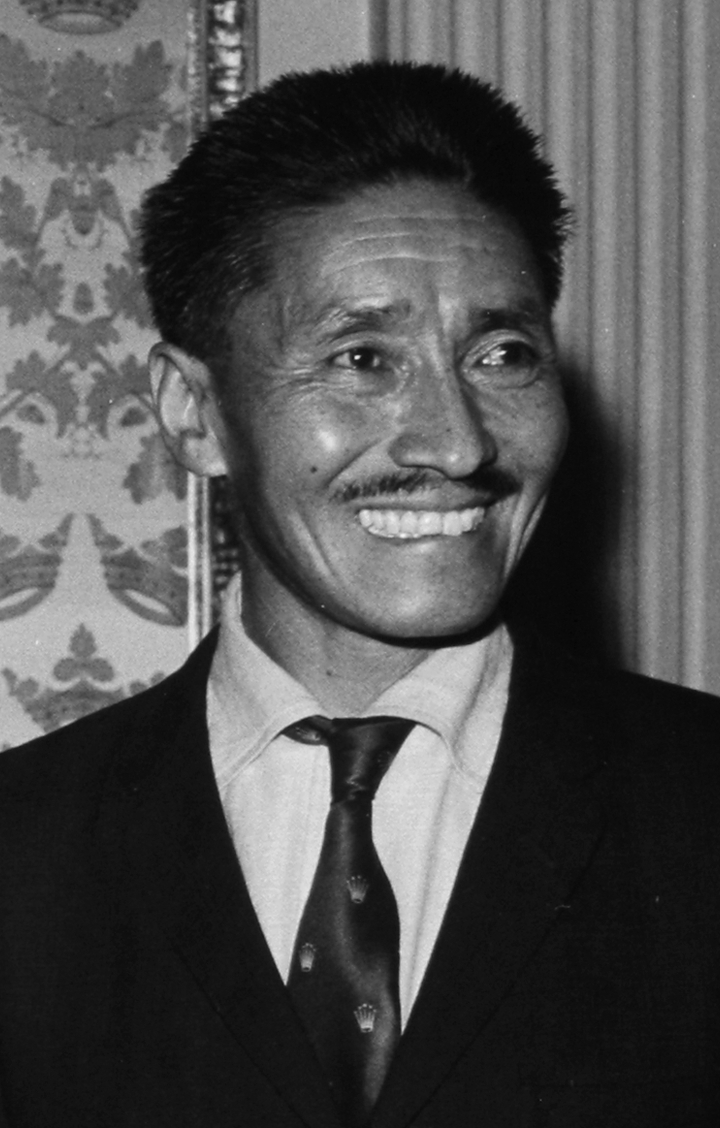
The Nepali-Indian Sherpa mountaineer, Tenzing Norgay, became one of the 100 most influential people of the 20th century after the epic climb. After Mount Everest, Tenzing became the first Director of Field Training of the Himalayan Mountaineering Institute in Darjeeling, India in 1954.
The peak of the Himalayas is Mount Everest.
The Himalayas is a mountain range that holds numerous highest peaks on Earth—K2, Kangchenjunga, Lhotse, Makalu, and Cho Oyu. Mount Everest is both the peak and the parent mountain of the Himalayas. There are over fifty mountains within the range, with ten peaks of more than 8,000 meters.
Over 50 million people inhabit The Himalayas.
A total of 52.7 million people live within The Himalayas range. This population is spread across five countries, including China, Bhutan, Pakistan, India, and Nepal. The Himalayas stretches across these five countries for over 2,400 km or 1,500 mi long.
Mount Everest is 238 m higher than the world's second tallest mountain.
K2, the world’s highest mountain after Mount Everest is no pushover. K2 stands at 8,611 m tall while Everest is 8,849 m. Moreover, some people even call K2 a “savage mountain that tries to kill you”. According to them, out of the 5 highest mountains on Earth, K2 is the deadliest. Even though the summit of Mount Everest has a higher altitude, K2 is a more challenging and dangerous climb according to reports because of its unpredictable terrible weather.
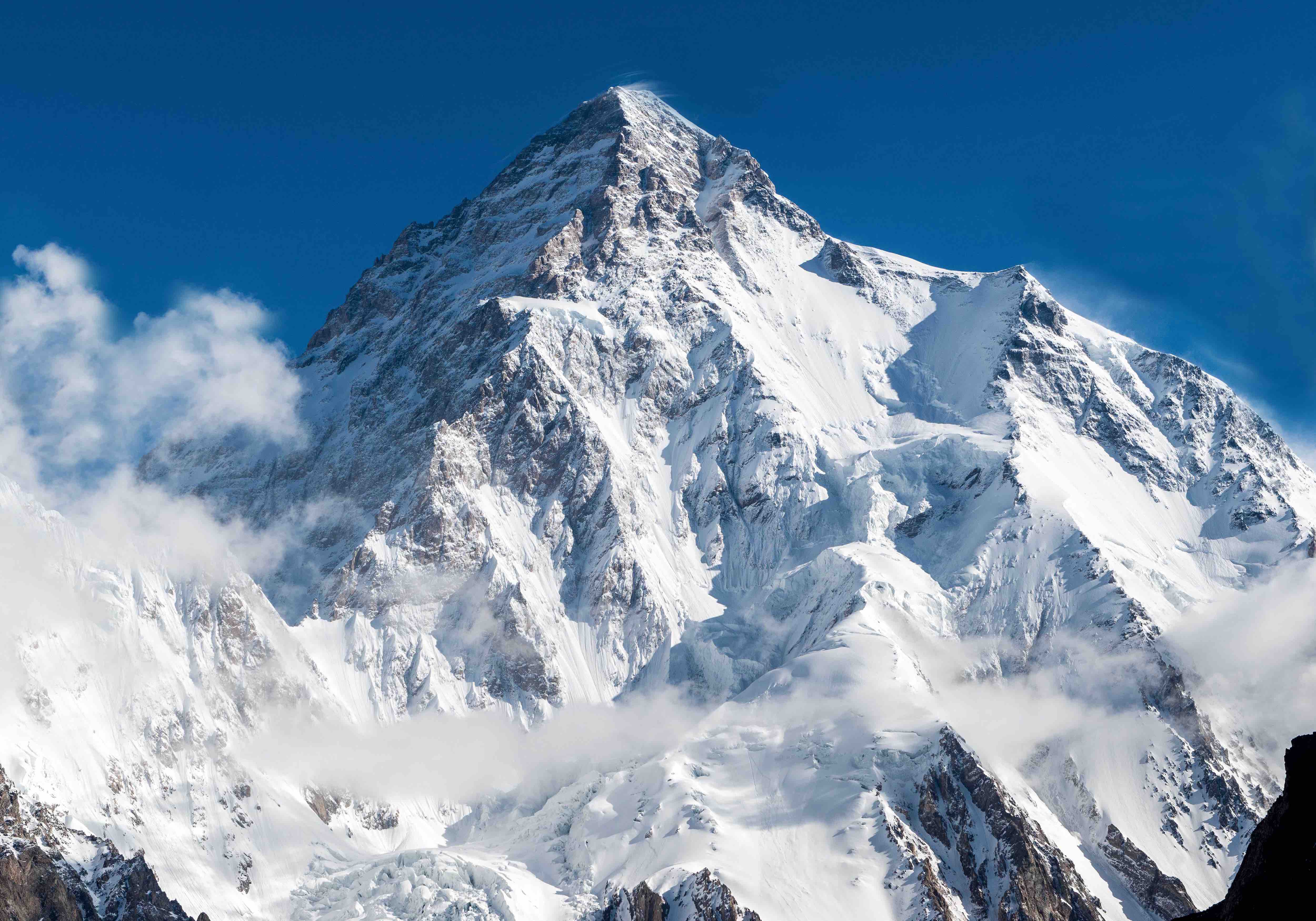
Junko Tabei was the first woman to reach Mount Everest's summit.
Japanese mountaineer, author, and teacher, Junko Tabei became the first woman to reach Mount Everest’s summit in 1975. Furthermore, she’s also best known to be the first woman to ascend the Seven Summits, the highest mountains of each of the seven continents, in 1992.
Hannelore Schmatz died from exhaustion on her way down.
Climbing Mount Everest’s summit carries a significant amount of risk in general. As many mountaineers have said before, “Once you reach the summit, you’re only halfway there.” Hannelore Schmatz became the 4th woman to reach the summit of Mount Everest in 1979.
Unfortunately, the 39-year-old female collapsed out of exhaustion and died as she was returning from summiting Everest via the southern route. Her body remained where she died on the mountain. For many years, Hannelore’s body remained frozen in a sitting position, resting upon her backpack, her eyes open, while her hair is swaying in the wind.
Yūichirō Miura climb Mount Everest twice.
Japanese mountaineer, Yūichirō Miura, became the oldest person to reach the summit of Mount Everest in 2003 at age 70. Interestingly, Yūichirō Miura broke his own record on May 23, 2013, and solidify his title of being ‘the oldest person to climb to the summit of Mount Everest at the age of 80.‘ Above all, Yūichirō Miura did this after his two heart surgeries for cardiac arrhythmia, in 2006 and 2007.
Human bodies will not perform properly at high altitudes.
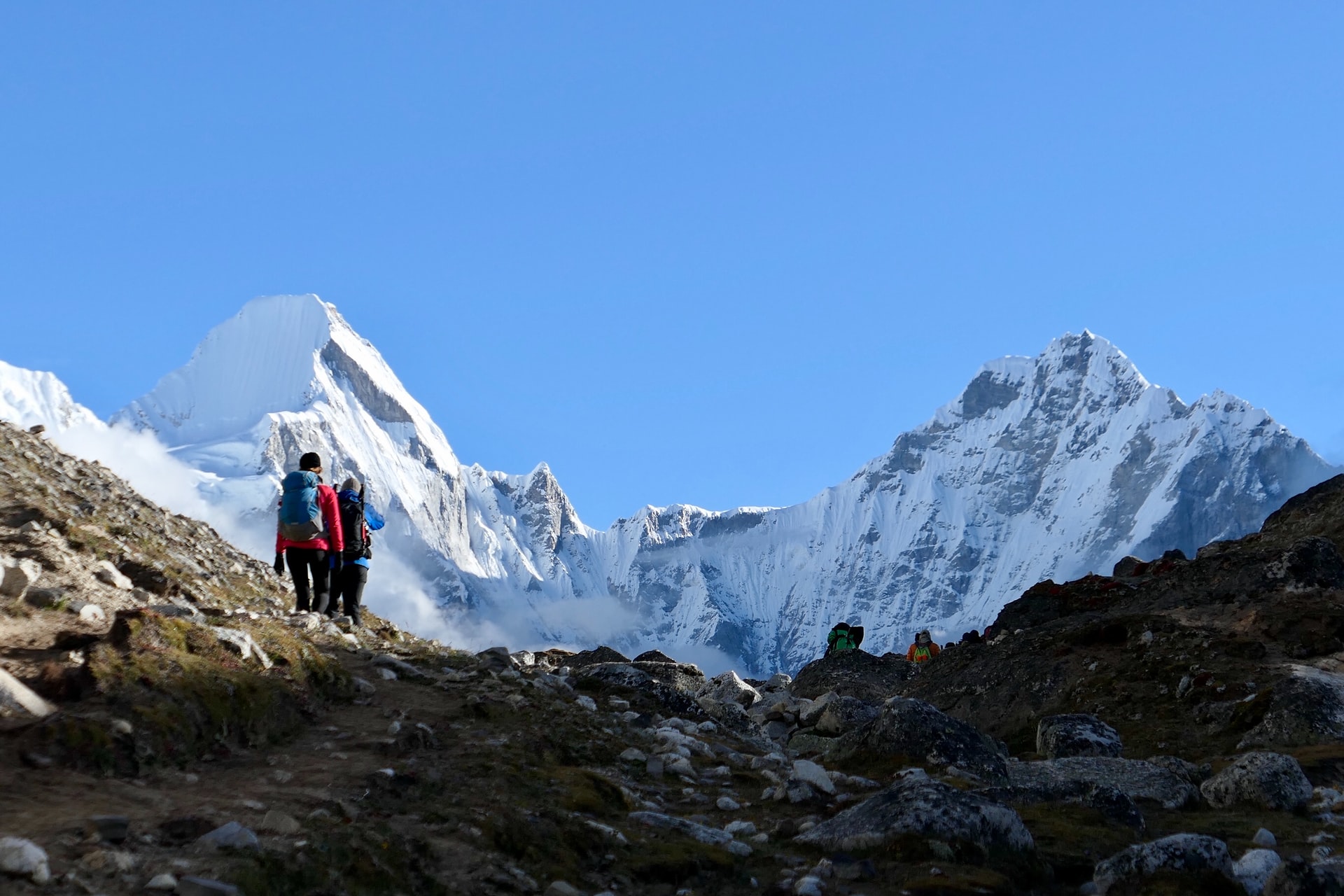
Human bodies function best at sea level for the oxygen levels here are adequate for the lungs and brain. At much higher altitudes like Mount Everest, human bodies, in general, do not perform properly. If mountaineers wish to reach the top of Mount Everest, they have to endure the “death zone.” This is Everest’s domain that’s at an altitude above 8,000 meters above sea level. At this level, there is very little oxygen that your body starts to weaken, minute by minute.
Being in the death zone can increase the risk of stroke, heart attack, and mountain sickness.
In the death zone, the lungs and brains of the mountaineers in Mount Everest will start to starve for oxygen. This increases the risks of stroke, heart attack, mountain sickness, and their judgment will also reduce. According to research, “Your body is breaking down and essentially dying [in Everest’s death zone] and becomes a race against the clock.” If we compare it to the sea level, the air here has 21% oxygen whereas, in the death zone, it can dip more than 13%.
Adrian Ballinger reached the summit of Mount Everest without using bottled oxygen.
If you put an ordinary human being in the death zone of Mount Everest, their brain can start to swell, leading to nausea and a form of psychosis. But not all bodies are created equal. To testify to this, mountaineer Adrian Ballinger is just one of more than 180 people who have reached the top of Mount Everest without supplemental oxygen. In 2017, the American mountaineer reached the summit from the North route without using any bottled oxygen.
Lincoln Hall reached the summit and miraculously survived after being left for dead.
Australian mountaineer, Lincoln Hall first attempted to climb the summit of Mount Everest at his prime (28 years old) but failed. Knowing that reaching the very top of Mount Everest is the “mark of true accomplishment” for every mountaineer, Lincoln tried again at the age of 50. This time, it was a success.
However, on his way down, altitude sickness hit Hall. He was left for dead by his group at 28,000 ft. Amazingly and miraculously, Hall fought through the adversity and survived the environments of Mount Everest.
David Sharp is one of the most controversial people who died on Mount Everest.
Born on February 15, 1972, David Sharp became one of the most, if not the most controversial person on Mount Everest. David died on May 15, 2006 due to hypothermia and/or cerebral edema. His death caused a wide debate. Several other climbers returning and heading to the summit had passed by Sharp, however they ignored the dying man. More than 30 people saw David that day. Though according to some, a number of others tried to help him.
Although it’s unclear if David could have potentially survived if one of the climbers gave him drugs or oxygen under his condition, according to Edmund Hillary’s reaction, leaving other climbers to die is unacceptable.
Scott Eugene Fischer climb Everest and K2 without supplemental oxygen.
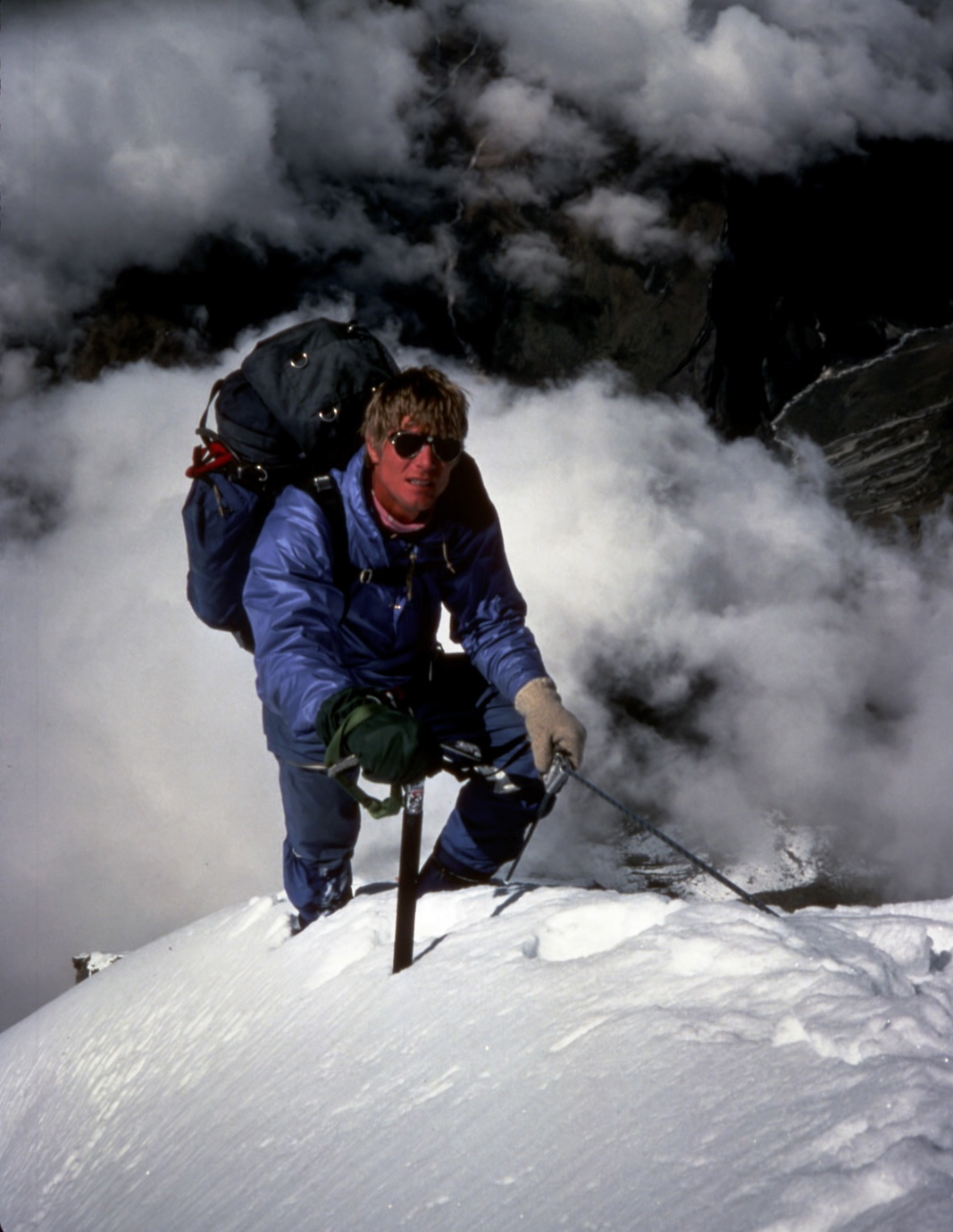
The American mountaineer and mountain guide, Scott Eugene Fischer is also of the few who made it to Mount Everest’s summit without the use of supplemental oxygen. Scott likewise submitted k2 (the world’s 2nd highest mountain) without supplemental oxygen. Sadly, Scott later died (December 24, 1955 – May 11, 1996) during the 1996 blizzard on Mount Everest while descending.
Francys Arsentiev is the first woman from the U.S. to summit Everest without bottled oxygen.
The first woman from the United States to reach the summit of Mount Everest without supplemental oxygen is Francys Arsentiev (January 18, 1958 – May 24, 1998). Lamentably, she then died during the descent.
The first woman to reach the summit without supplemental oxygen is from New Zealand.
Achieved in October 1998, Lydia Bradey became the first woman to summit Mount Everest without supplemental oxygen. She had returned back safely. According to her accounts, the New Zealand mountaineer, Lydia Bradey has gone on to summit the mountain five more times.
It takes several weeks to go and down Mount Everest.
If you’re curious and wondering how long does it take to climb Mount Everest, for most mountaineers of approximately takes 2 months or 8 to 9 weeks. That’s about three to four weeks going up and down the mountain to establish camps with food, oxygen, etc. Usually, mountaineers begin to arrive at the mountain’s base camps in late March.
The fastest ascent of Mount Everest took less than 13 hours.
There are 3 records and claims of the fastest ascent of Mount Everest. First is from Pemba Dorje. He claimed the fastest ever ascent of Mount Everest that took only 8 hours and 10 minutes on May 21, 2004. The second one is Kamal Singh, with 12 hours and 45 minutes in 2003. Third is Lakpa Gelu with 10 hours 56 minutes in 2003.
Mauna Kea is "taller" than Mount Everest.
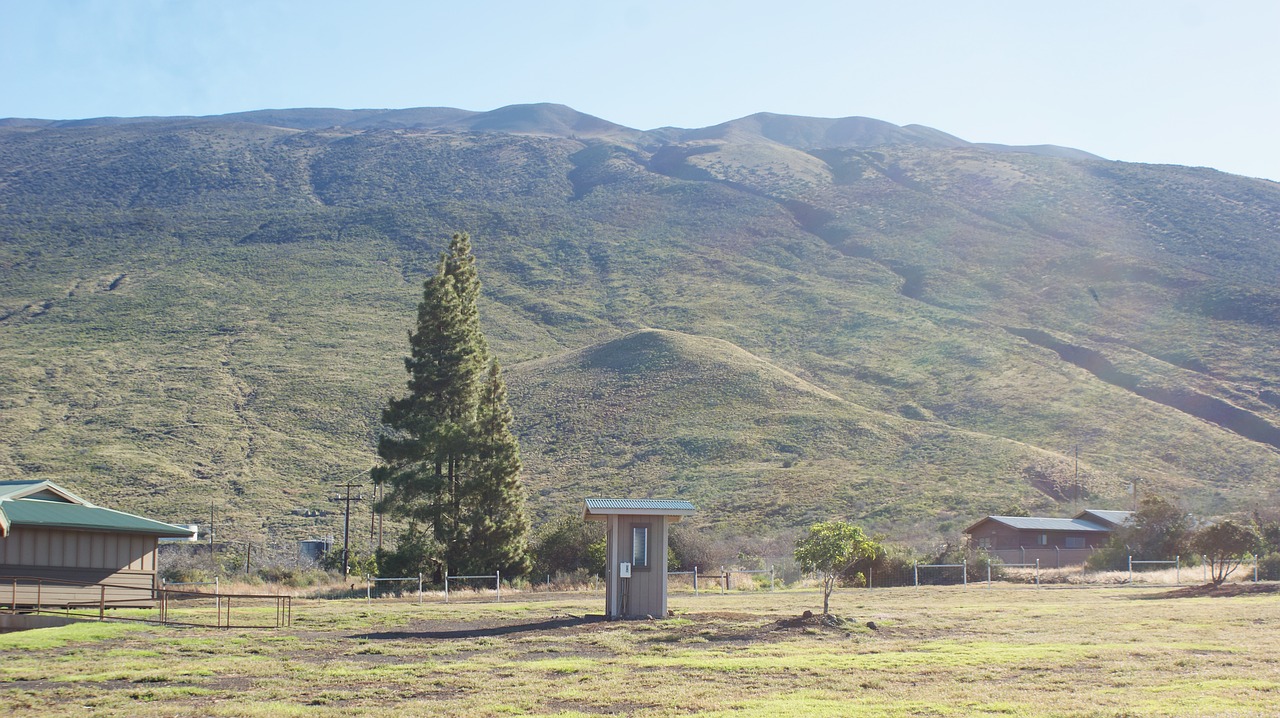
Hawaii’s dormant volcano, Mauna Kea only stands 13,796 feet above sea level compared to Mount Everest’s 29,029 feet. However, if we calculate Mauna Kea’s total height including its underwater base, it’s 33,500 ft. In other words, Mauna Kea is technically taller than Mount Everest by 1.3 kilometers.
Everest is still growing.
According to scientists, Mount Everest continues to increase in height to this day. This is because Mount Everest sprang from a tectonic collision that remains to influence its height today. Each year, Everest grows around 4 mm.
Climbing Everest is not cheap.
If you plan to climb the Mountain, it’s good to know how much it costs. You need to consider your professional gear, transportation, guides, and training. In total, it costs around $30,000 to $45,000 to climb Mount Everest. This price includes the royalty fee of $11,000 for its peak. Usually, agencies add a Sherpa-supported climb.
A blind man summited Mount Everest in 2011.
Erik Weihenmayer, an American athlete, author, adventurer, and activist, is the first blind person to summit Mount Everest in 2001. Erik Weihenmayer wrote the book, ‘Touch the Top of the World: A Blind Man’s Journey to Climb Farther Than the Eye Can See.’ Erik’s book was published in over 10 countries and 9 languages.
Sherpas won't let the mountaineers down.
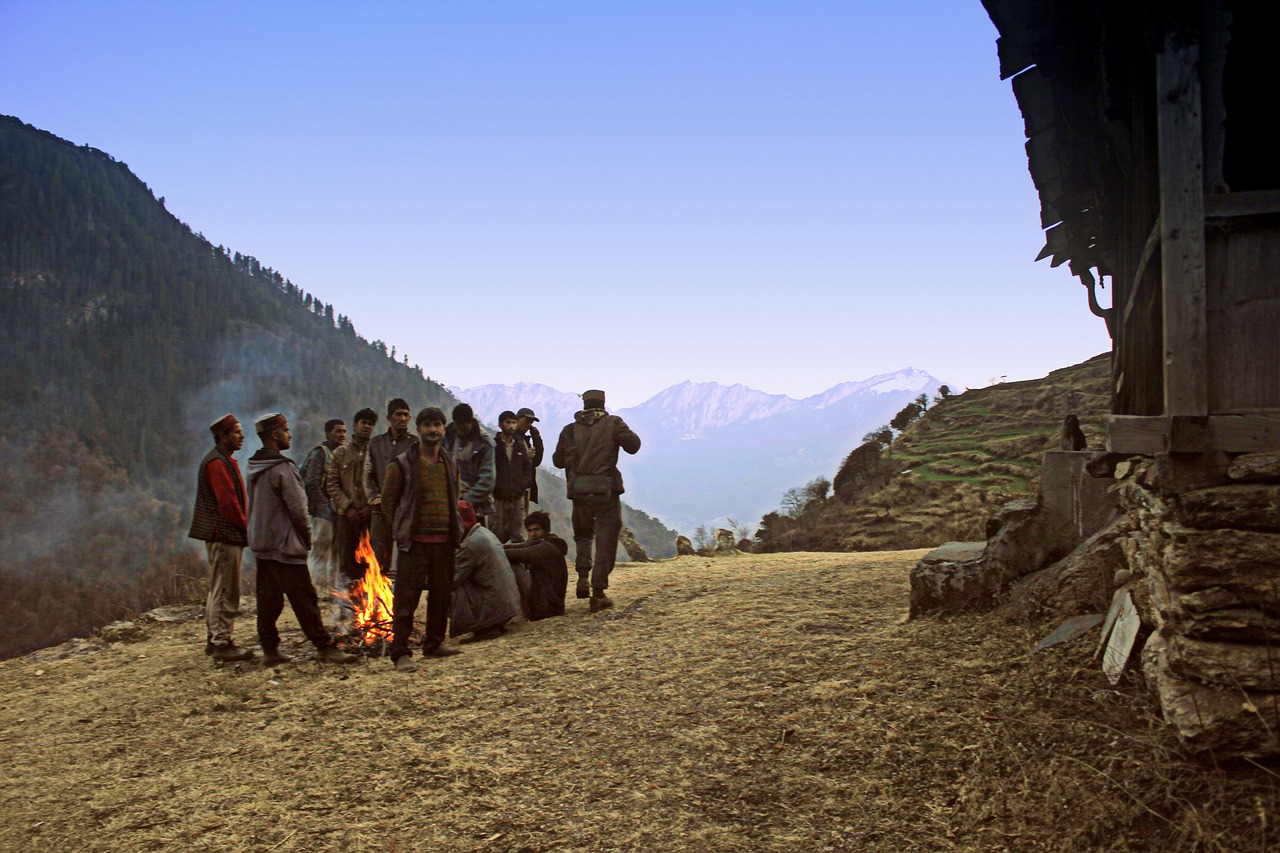
Hands down, the Tibetan ethnic groups native to the most mountainous regions of the Himalayas or Sherpas are the best guides on Everest. Sherpas are “superhumans” and notoriously known for their dependability, speed-climbing, expert guiding, and excellent improvisations when there are uncertainties. Sherpas mainly live in Nepal and a few in Bhutan, India, including China.
Mount Everest's area is used to be an ocean.
The place where Mount Everest sits in is used to be an ocean. Up to this day, people can still see marine life and other fossils in the upper part of the mountain. Furthermore, Mount Everest’s sandstone and limestone at its peak were once part of an ocean floor sedimentary rock. According to National Geographic, experts estimate that Mount Everest is between 50 to 60 million years old.
There are up to 18 routes to climb Mount Everest.
There are up to 18 routes to climb Mount Everest. The two main routes to the summit of Mount Everest are the Northern face (Tibet) and the Southern face (Nepal). All of those different routes lead to the summit, while one of the most popular routes is the Northeast Ridge Standard Route. The two main routes are both very difficult to climb and unique in their own way. Thus, it’s a matter of preference of the climber although many have said that the South route is slightly easier to ascend.
There are about 5,000 kilos of human waste per year.
Here are some… poopy Mount Everest facts. The most common way for mountain climbers to dispose of their poop or excrement is by burying it in the snow or throwing them into crevasses. Though more recently, mountaineers are encouraged to carry all of their waste and make room in their backpacks for the poop. By using disposable travel toilet bags, you can find toilet tents that have specific drums where human waste goes and porters who work on Mount Everest to bring them down.
Jost Kobusch climbed Mount Everest in winter.
There is no direct rule that prevents mountaineer from climbing Everest during the winter. And amazingly, several climbers have done it to the summit before, such as the German national, Jost Kobusch. Winter sports are also popular at Everest. Apart from aiming the summit, activities like skiing, paragliding, BASE jumping, and snowboarding are other alternatives available.
Was this page helpful?
Our commitment to delivering trustworthy and engaging content is at the heart of what we do. Each fact on our site is contributed by real users like you, bringing a wealth of diverse insights and information. To ensure the highest standards of accuracy and reliability, our dedicated editors meticulously review each submission. This process guarantees that the facts we share are not only fascinating but also credible. Trust in our commitment to quality and authenticity as you explore and learn with us.


